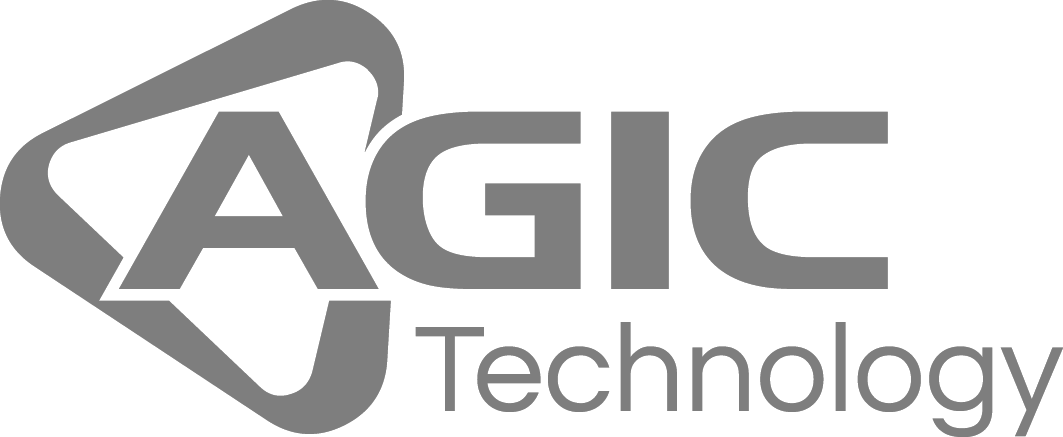27
27 September 2018
IoT: imagination is the only limit
IoT. Internet of Things is a new word that will celebrate its 20th birthday in 2019 and includes, in 3 words, the concept of extension of the Internet to the world of items and real places.
Twenty years of progressively rampant service in the world of technology and common language, but still so difficult for people to perceive the fantastic range of opportunities that this world can offer.
In the common imaginary (especially among the non-professionals), IoT is somewhat related to a computer. Something not very tangible, not very understandable and limited to some technological devices. IoT, on the other hand, is all that we can imagine, and all that could, in the future, improve the quality of our life, our interconnections, and solve a big range of our daily life problems.
Think of a logistical problem or a timing or a distance issue, and link it to a possible technological solution: here it is, IoT is the point of intersection between what today seems to us a problem of difficult solution and the device that, in the future, will allow us to reduce the gap between an open issue and its resolution.
Probably some devices we would largely use in our daily life are still in a project phase or exist already. In the worst case they will come to life in the next future.
Statistics report that in the coming years there will be between 30 and 50 billion IoT devices in the world and each device will be meant to solve an everyday life issue.
The fields of applicability are many: production processes, environmental protection, resource saving, logistics, mobility data, remote assistance, biomedicine, energy efficiency and so on.
A continuous evolution of the Net at the service of liveability: “things” will acquire identifying elements, recognize each other and connect; they will exchange data and interact as well.
Imagine a fridge that tells you the presence of expired food inside, a toothbrush that recognizes that you need to go to the dentist or alarm clocks that ring before the time in case of traffic. Think of the potential and usefulness of smart devices that can detect in advance any disfunctions in vital parameters (heartbeat, pressure, glycemia...), reporting them to your doctor or even calling an ambulance if necessary.
“Things” become active, acquire a technological identity, track the map of the real world and through their own intelligence work to improve it. Imagine anything and try to think of it through the IoT.
IoT is not a magic wand, but a development of the Net, of connection, of identification, localization and the ability to process data and interact with the external environment, with an unlimited potential.
The only limit is our imagination.



